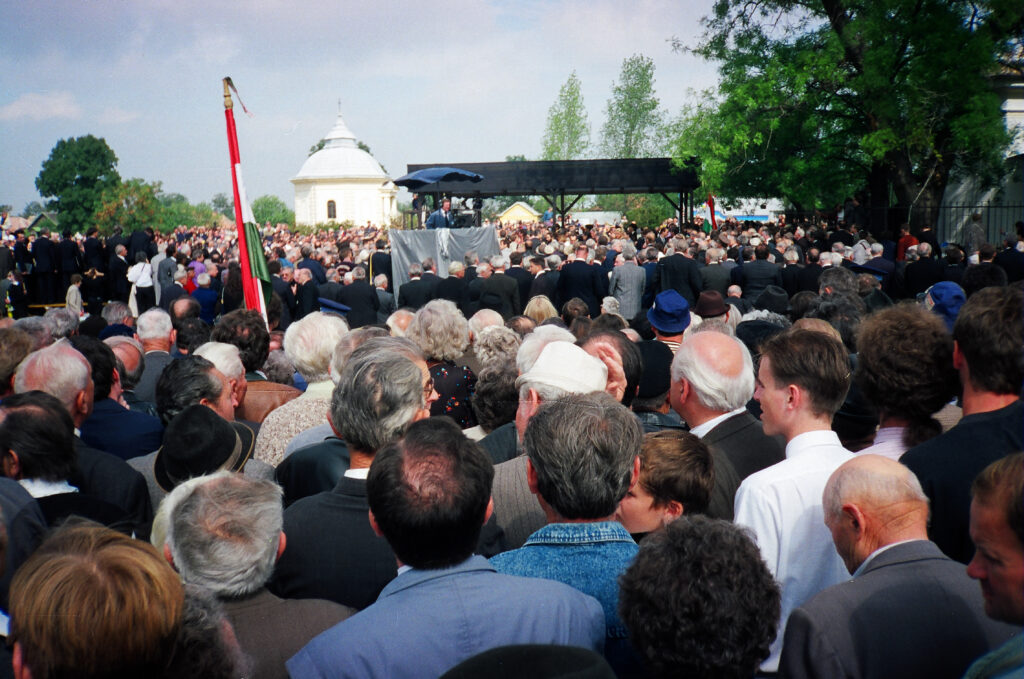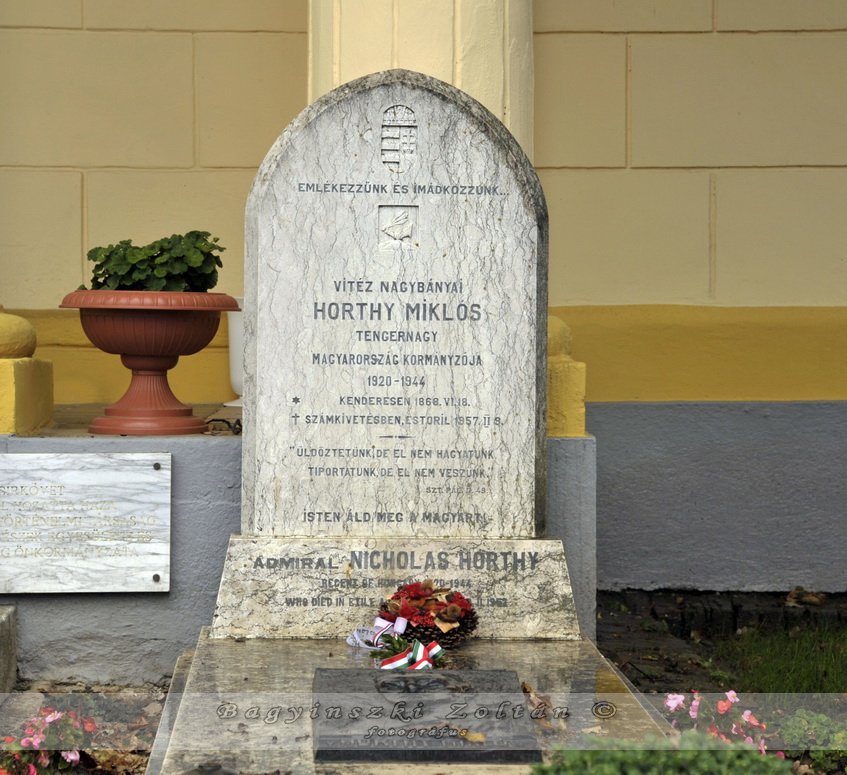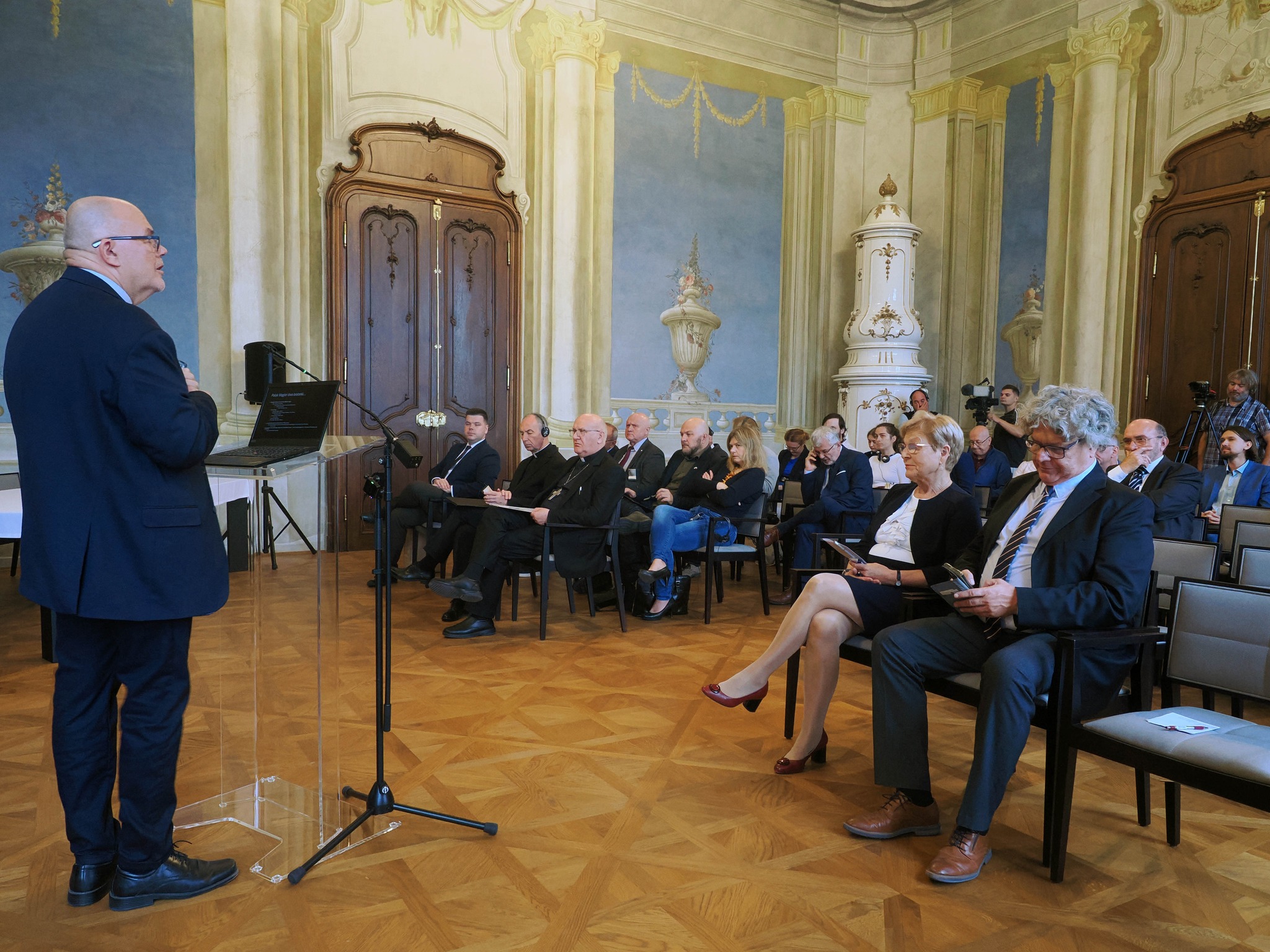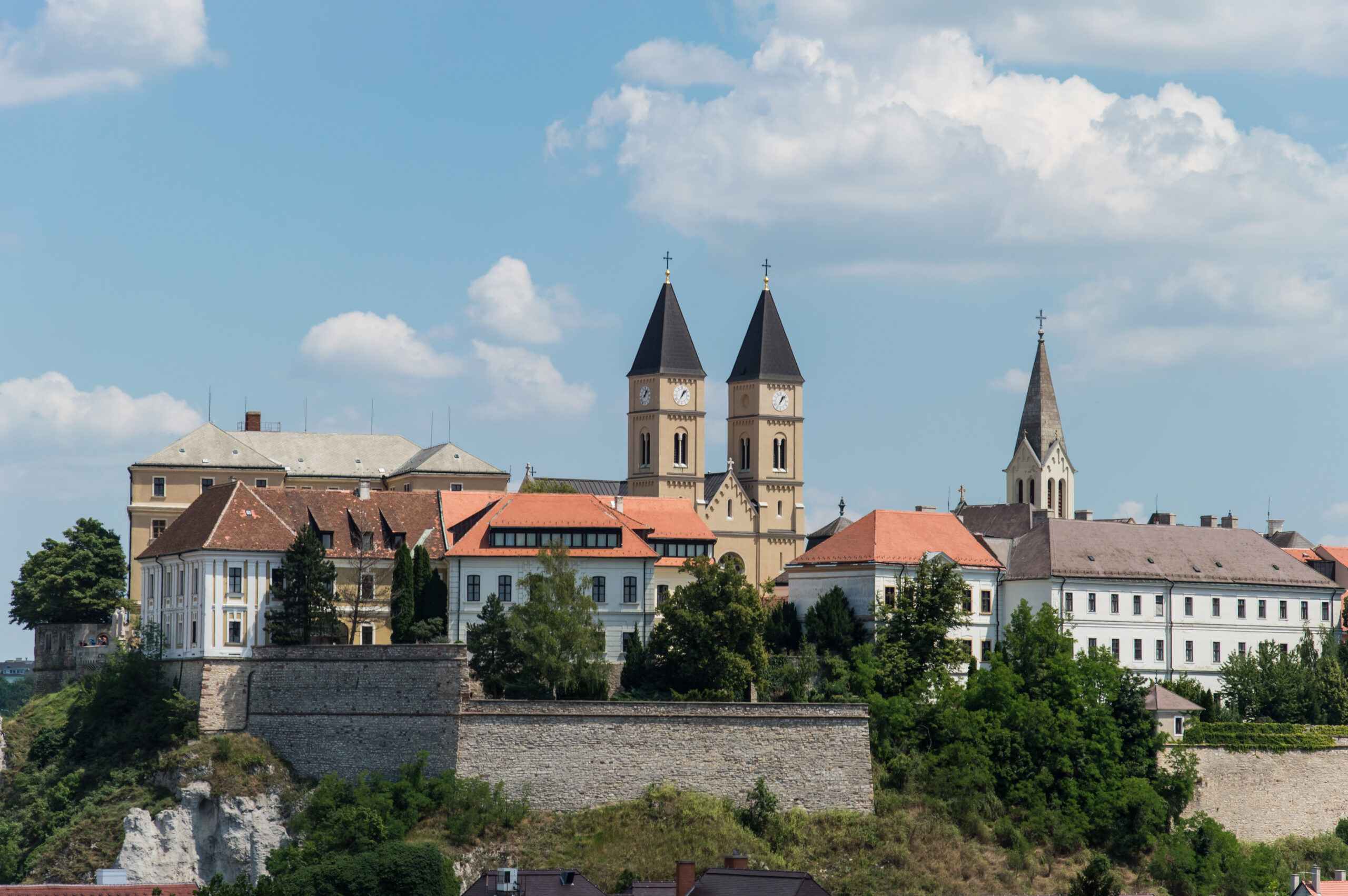Memory of Horthy – Kenderes
Fact of the Hungarian figure „Arrival of Horthy”
Part of the „Creation of the modern states (1918-1920)” topic
Kenderes, located in Jász-Nagykun-Szolnok County, is often referred to as the „village of the governor” due to its strong connection to Miklós Horthy. The Horthy family first settled in Kenderes in 1857, and although Miklós Horthy lived there continuously only until his education began, the village remained a significant part of his life. From 1920 onward, Horthy and his wife spent at least one month each year at the Halasy-Horthy manor on their family estate, typically during the summer months. Horthy had a deep attachment to Kenderes, and through his influence, the village experienced considerable development. With state funds, a girls’ school and a World War I memorial were constructed, further solidifying Kenderes’ status as an important center during his regency.
Horthy’s close connection to Kenderes was a source of pride for the village, where he was often hailed as „the great native of Kenderes” in various public speeches. The Horthy cult became a central element of the village’s identity, with public celebrations in his honor frequently held there. In 1922, just two years after Horthy became regent, a statue of him was unveiled in Kenderes. These celebrations were widely reported in the press, reflecting his symbolic role not only in Kenderes but in Hungary as a whole. Horthy’s bond with the village was not only personal but also political, as it served as a symbol of his conservative leadership and the restoration of order after the chaos of the post-World War I revolutions.
Kenderes continued to play a significant role in Horthy’s legacy even after his death. Following the fall of communism in Hungary, his ashes, along with those of his family, were reburied in the Horthy crypt of the Kenderes cemetery on September 4, 1993. This event marked a major moment in Hungary’s post-communist transition, as Horthy’s reburial reflected the nation’s reevaluation of its interwar history and the complex legacy of his regency. Commemorations continue to be held in Kenderes, where Horthy is remembered by some as a figure who brought stability to Hungary during a tumultuous period.






